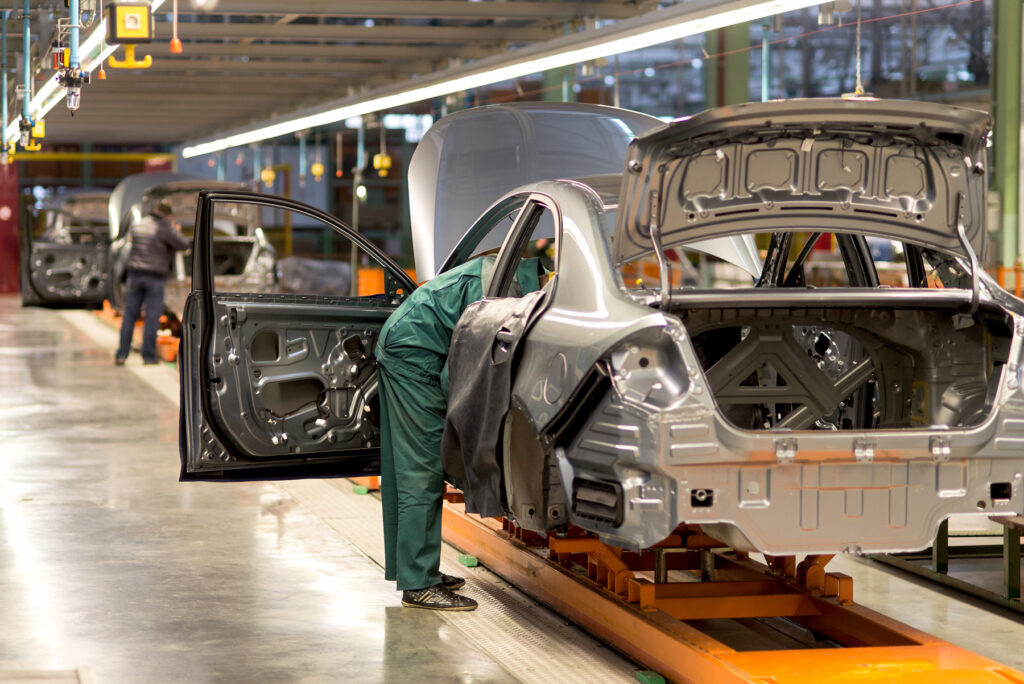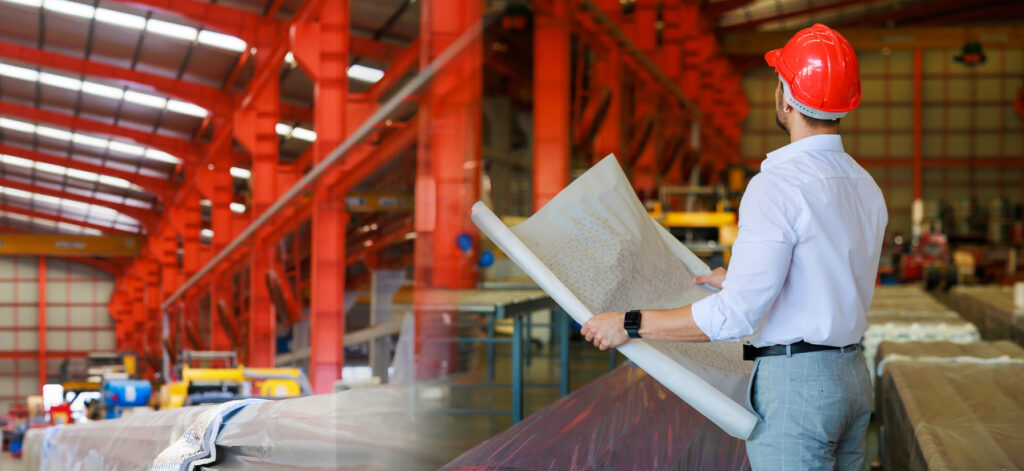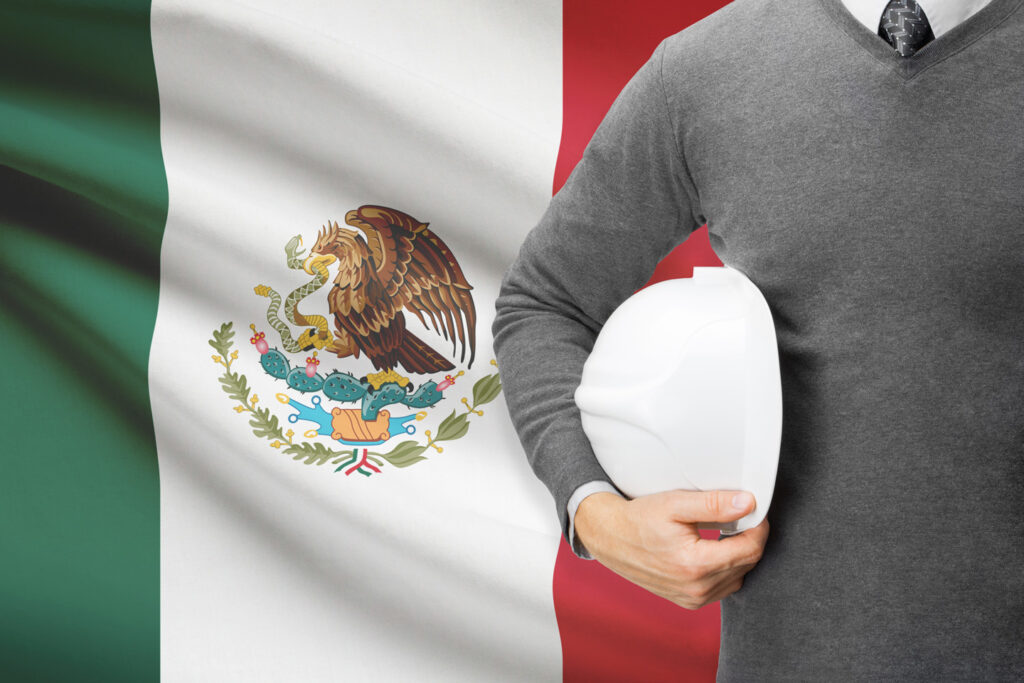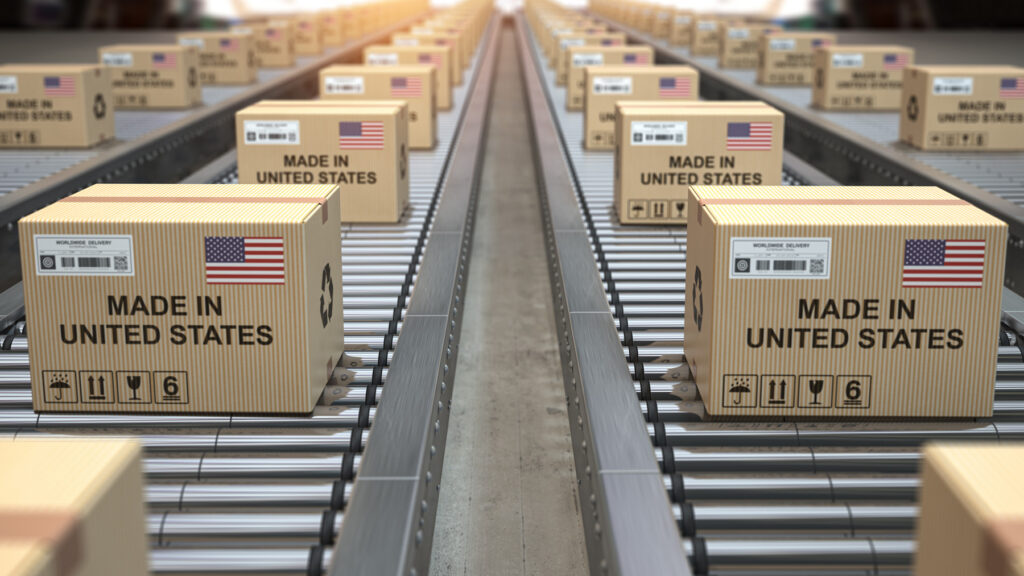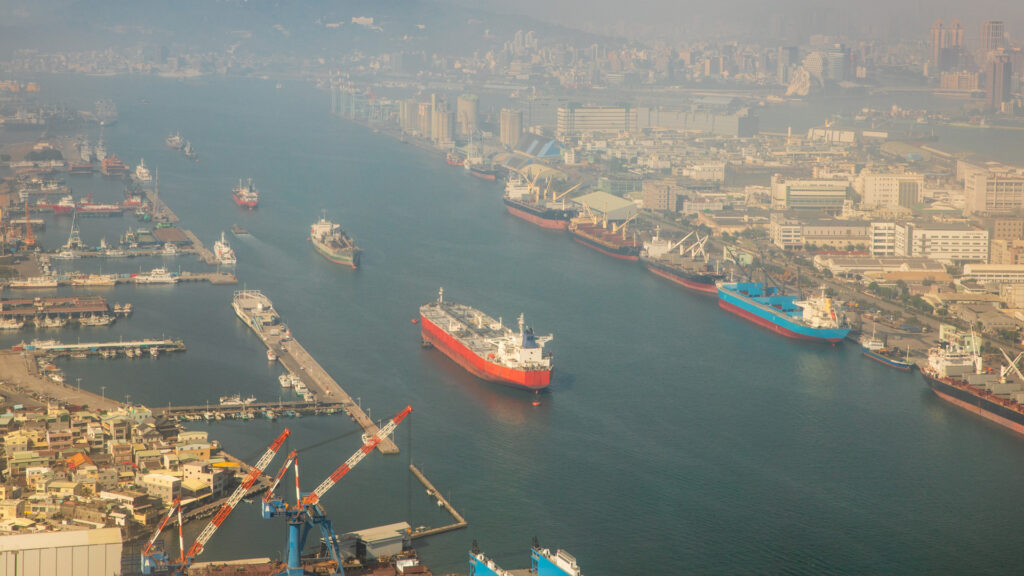When it comes to maintaining competitiveness and viability on a global scale, manufacturers must find ways to streamline operations, reduce costs, and improve the quality of products. One proven strategy many industry leaders turn to is shelter manufacturing in Mexico.
While this option seems daunting at first, primarily because it involves doing business in a foreign country, the benefits are substantial. Yes, relocation involves a financial investment and time commitment. But it’s not as much as you might think. And wrapping your mind around the principle and practice of this strategy doesn’t take much effort.
Let’s break down this incredible option, and identify exactly what shelter manufacturing is, how to go about it, and why it works so well. We’ll also discuss the unique benefits Mexico adds to this equation and provide helpful tips to get you started.
What Is Shelter Manufacturing in Mexico?
Shelter manufacturing in Mexico is a type of outsourcing that allows manufacturers to take advantage of the country’s lower labor costs and favorable trade agreements while minimizing their risk and financial liability. Shelter service providers in Mexico provide a full range of services for businesses wanting to leverage the country’s lost cost of labor. Just a few of these shelter services include:
- Supply chain management
- Production planning and scheduling
- Quality control and inspection
- Logistics and shipping
- Human resources and payroll management
- Legal and regulatory compliance
The foreign company may assume control of a Mexican factory known as a Maquiladora. These facilities in Mexico operate on a tariff-free or favored duty basis. Maquiladoras are sometimes also called a twin plant, because a US company can maintain an administrative facility in the US while conducting manufacturing at the maquiladora facility in Mexico.
Equipment and inputs may be imported from the US to this facility, and finished goods exported back to the US duty free. And the shelter service manages all administrative tasks relating to the Mexican factory, freeing up the US company to focus on core mission goals.
How Shelter Manufacturing in Mexico Works
Manufacturing with a shelter in Mexico works by outsourcing the entire production process to a third-party service provider. The process typically starts with the identification of a reputable and experienced shelter manufacturer in Mexico. Companies then provide their production requirements such as volume, lead times, and quality standards to the shelter manufacturer, who uses this information to develop a comprehensive manufacturing plan.
Once the plan is in place, the shelter manufacturer takes over the production process, sourcing materials, supply chain management, and overseeing the production activities. They also handle quality control, inspection, and logistics, ensuring that the final product meets the company’s specifications.
Throughout the production process, the shelter provider maintains open communication with the foreign company, keeping them informed of progress and addressing any issues that may arise. Upon completion of the production process, the shelter manufacturer arranges for the shipment of the finished product back to the company in the US.
How to Get Started
If you’re considering shelter manufacturing in Mexico, here are four key things you need to know to get started with a maquiladora:
- Choose the right shelter manufacturer.
Not all shelter manufacturers are created equal, so it’s important to do your research and choose a shelter company that has a proven track record of success and a reputation for quality and reliability.
- Know your production requirements.
Before you start working with a shelter manufacturer, it’s important to have a clear understanding of your production requirements, including your production volume, lead times, and quality standards.
- Establish clear communication.
Effective communication is key to a successful shelter manufacturing relationship, so be sure to establish clear communication channels with your shelter provider from the start.
- Be prepared for cultural differences.
Mexico has a different business culture than the United States, so it’s important to be aware of these differences and be prepared to adjust your approach as needed.
Why Choose Shelter Manufacturing in Mexico
Mexico offers its own advantages to manufacturers. From lost labor costs to specialized, skilled labor to unparalleled free trade access and other cost savings, Mexico is an obvious choice. Outsourcing there allows US companies to minimize costs in many ways.
But entering the country by partnering with a shelter company further removes the hassle, risk, and many of the upfront costs from the equation. When you put together the obvious advantages of manufacturing in Mexico with the shortcut of shelter manufacturing, the result is a dynamo of savings and easy efficiency.
Some of the greatest reasons to choose shelter manufacturing in Mexico include:
- Cost savings: Mexico has lower labor costs compared to the United States and other countries.
- Access to a large pool of skilled workers: Mexico has a well-established manufacturing industry and a large pool of skilled workers.
- Improved lead times: With a shelter manufacturer handling the production process, manufacturers can reduce their lead times and get their products to market faster.
- Reduced risk: Manufacturers can reduce their risk and minimize their upfront investment, as the shelter manufacturer takes on the responsibility for managing the production process.
- Better quality control: Shelter manufacturers in Mexico are typically equipped with state-of-the-art production facilities and equipment.
- Access to favorable trade agreements: Mexico has free trade agreements in place with over 50 countries, which can provide manufacturers with access to favorable trade terms and lower tariffs around the world.
This brief look at the world of shelter manufacturing in Mexico should provide you with a better understanding of what the process entails, how to get started, and what savings lie in store. Using this information, your company can greatly improve profitability and increase market share.
If you have further questions, contact us for a free consultation to see how much your company can save.

